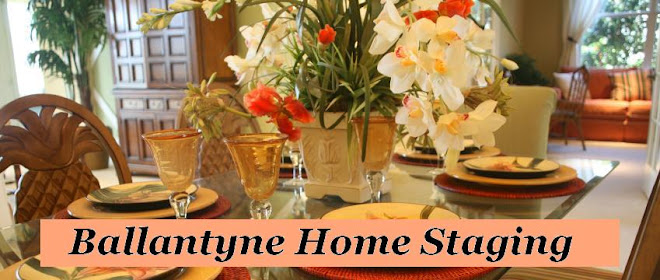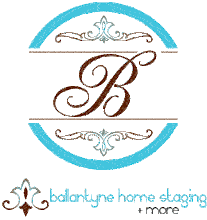When a new space is being designed, the LRVs can be very important in selecting the proper lighting. For example, in a workplace environment proper planning can be paramount in color design for settings such as individual work surfaces, hallways, and everything in between. From an energy-reducing and sustainability point of view, a wall painted with a higher LRV color can support lighting plans and reduce the standard number of fixtures required to enable employees to efficiently and safely perform their tasks.
 But what does knowing a color's LRV mean to a homeowner selecting colors for the interior of their homes? I don't think that it means a whole lot. The value refers strictly to the lightness or darkness of a color. When selecting color pallets for a home, we try to create spaces by invoking a specific feel. For example, a low-contrast, low-saturation scheme is used for relaxing pallets. For warm, engaging and inviting color schemes, we mix warm and cool colors. For more traditional and formal spaces, higher saturations of warm and cool colors can be used. I have never used LRVs as my overriding guide in selecting colors for a house. It's important to note that the number of windows, which way the windows are facing, and the finish of your paint will also impact the actual visual reflectivity, as will the number of lamps, overhead lights, accent lighting – any lighting -- in the room.
But what does knowing a color's LRV mean to a homeowner selecting colors for the interior of their homes? I don't think that it means a whole lot. The value refers strictly to the lightness or darkness of a color. When selecting color pallets for a home, we try to create spaces by invoking a specific feel. For example, a low-contrast, low-saturation scheme is used for relaxing pallets. For warm, engaging and inviting color schemes, we mix warm and cool colors. For more traditional and formal spaces, higher saturations of warm and cool colors can be used. I have never used LRVs as my overriding guide in selecting colors for a house. It's important to note that the number of windows, which way the windows are facing, and the finish of your paint will also impact the actual visual reflectivity, as will the number of lamps, overhead lights, accent lighting – any lighting -- in the room. However, it is certainly possible to create a low contrast color pallet by selecting colors with LRVs that are – say - no more than 10 points apart. When more impact is needed and you want a room or area to make a statement, have an impact, or simply be better defined, the LRVs can and will vary widely.
 LRV can sometimes be misleading, so please use caution. Yellow is a very reflective color and is probably the color most likely for people to make an error selecting. It’s too green, it’s too lemony, limey, or simply so doggone bright that you want to don your sunglasses when entering the room. On more than one occasion, I’ve been asked to correct a yellow space where the homeowner thought they were selecting a neutral, golden creamy color and ended up with a loud yellow. Because here’s the thing: there is a difference between actual visual brightness and the Light Reflectance Value and visual brightness. When choosing colors – especially yellows – it’s so important to consider the actual visual intensity (that is, how bright or dull the color actually looks). This should be a more prominent consideration than the LRV number.
LRV can sometimes be misleading, so please use caution. Yellow is a very reflective color and is probably the color most likely for people to make an error selecting. It’s too green, it’s too lemony, limey, or simply so doggone bright that you want to don your sunglasses when entering the room. On more than one occasion, I’ve been asked to correct a yellow space where the homeowner thought they were selecting a neutral, golden creamy color and ended up with a loud yellow. Because here’s the thing: there is a difference between actual visual brightness and the Light Reflectance Value and visual brightness. When choosing colors – especially yellows – it’s so important to consider the actual visual intensity (that is, how bright or dull the color actually looks). This should be a more prominent consideration than the LRV number.Summing it up.
LRV is to be used as a guide and is not a standard by which to choose colors, but it certainly can be an indicator to help you out. It can be used as a point of reference for predicting how dark or light a color may look and -- therefore, how your room will feel -- once applied.
Sell Higher | Sell Faster | Sell Smarter
www.ballantynehomestaging.com | 980.322.5825 | carol@ballantynehomestaging.com















